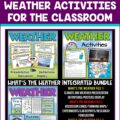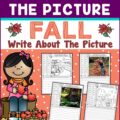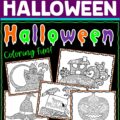Sequencing is an important skill for young students to learn. It refers to the ability to comprehend the order of events in a story, a math problem, or a science experiment.
If students can correctly sequence a story, they will have a greater comprehension of understanding how and why events take place, as well as helping them to form connections within the story itself.
The skill of sequencing allows students to tell a story in order of the events happening. If students have never been directly taught how to sequence, they will just recount events in a story without any way of describing the beginning, middle, and end. They don’t understand that the order in which events take place in a story actually matters.
Writing is almost impossible without the ability to sequence. Students can’t develop any kind of plot without the idea that events take place in a specific order. They must understand that a story has a beginning, a middle, and an end. Read this post for ideas on some fun fall writing activities.
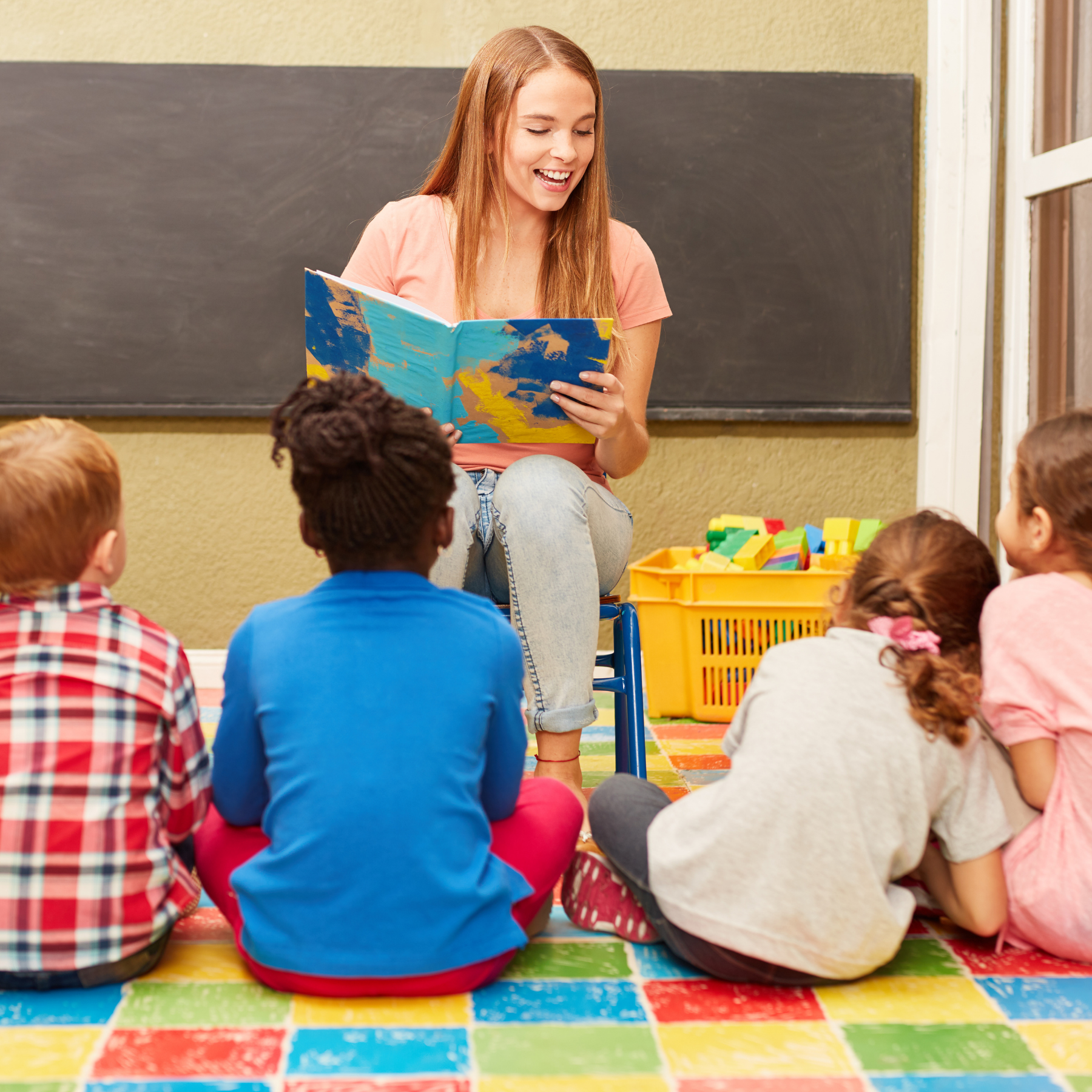
ideas for teaching sequencing
- A fun way to introduce the idea of sequencing is to tell students a mixed-up story. For example, you can mix up the order of events in how you go through your day. “This morning I ate lunch and got out of bed. Then I put on my pajamas and went to school.” Continue the story this way, making it silly and funny.
Ask students if this is really the way things would happen. Introduce the concept that events happen in a specific order and that things don’t make sense if they’re mixed up. Then have them retell the story the way the events really should have happened.
- Use a picture story such as The Three Little Pigs. In this type of activity, the story pictures should be out of order. Students will have to read the captions and look at the pictures to put them in order. They can also cut out the pictures and glue them in order onto a piece of construction paper. For fun, they can color in the pictures. Here’s a free sequencing activity that you can use.
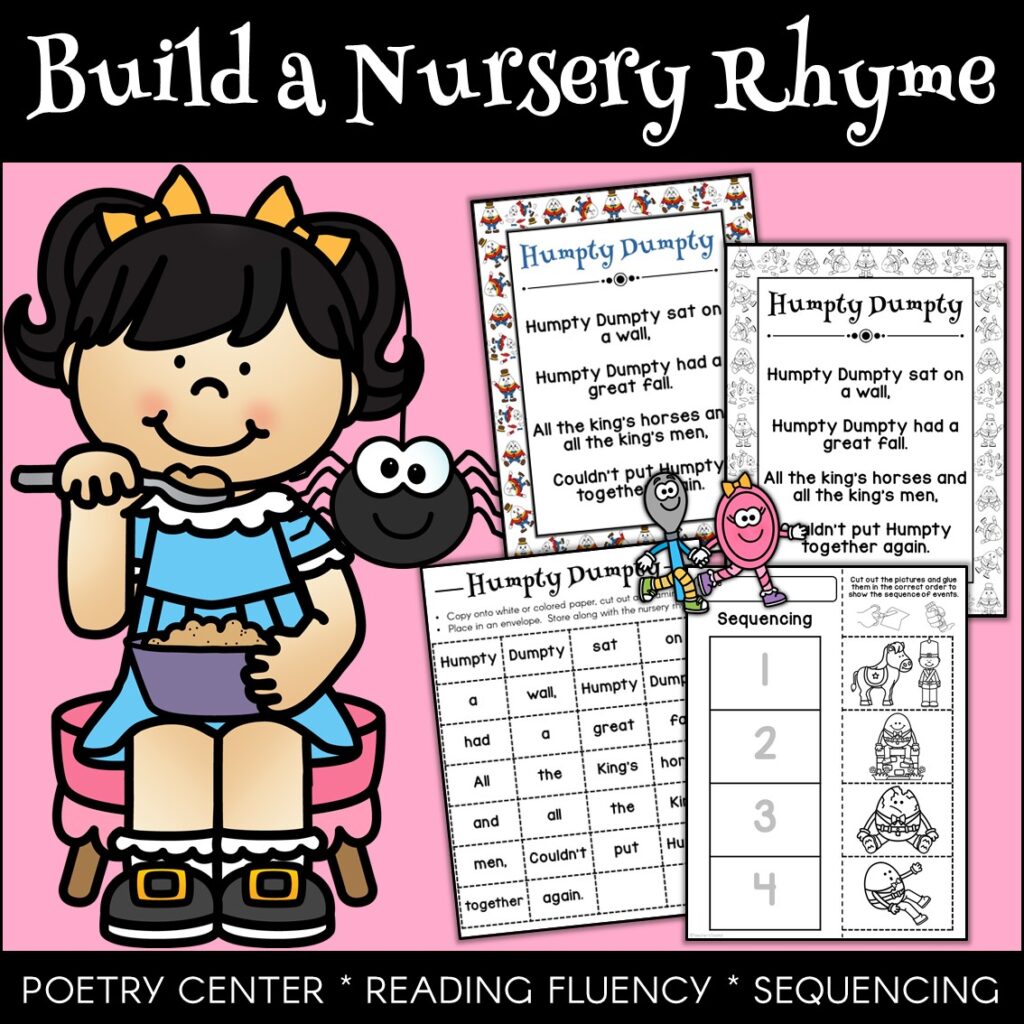
- Play a fun game! If you have access to computers or mobile devices, here’s a game that your students will like. Students will see 5 train cars, each with a different sentence to a story. Kids will click and drag the train cars behind the caboose in the correct order. If they get it correct, they’ll get another set of cars. If they get it incorrect, it’ll tell them. Then they can reset and try it again.
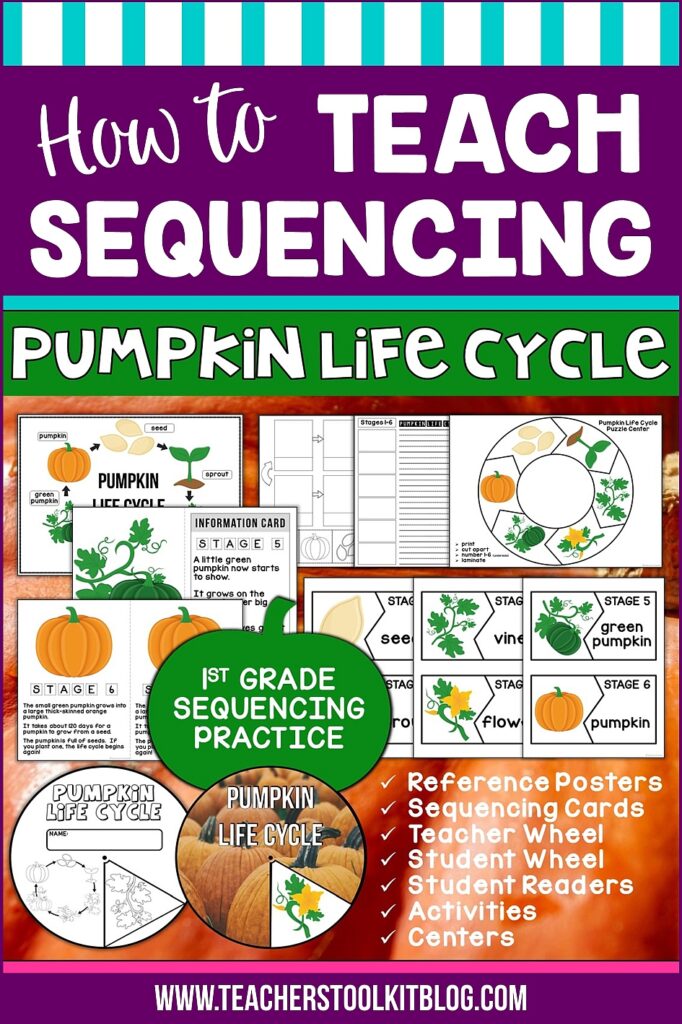
math sequence activities
Sequencing is also important in math. Try the following game to teach the concept of comparing and ordering numbers.
Students will play in teams of two. Give each student a die and a cup containing small manipulatives such as pennies or Legos. Each student rolls their die and then they compare the numbers. The student with the higher number takes a counter from their cup. Continue rolling the dice and taking counters. If they both roll the same number, just repeat the roll. Play for a certain length of time or number of rolls. The student with the most counters wins.
To make the game a bit more challenging, have each student roll two dice and add the numbers together to see which one is higher.
fun fall sequencing activities
There’s a resource in my store that has many fun sequencing activities that are perfect for the Fall season. It contains BOTH math and ELA activities!
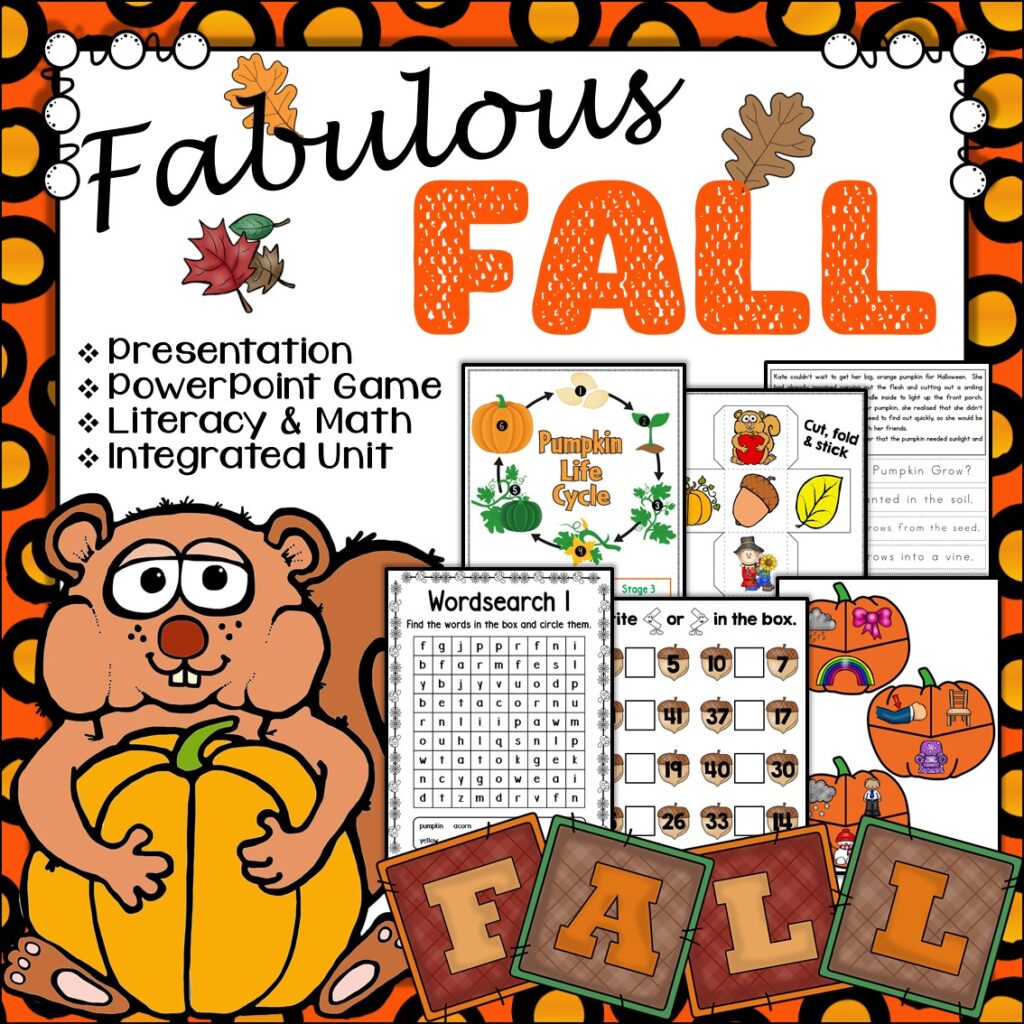
There are many different activities in this no-prep unit. Sequencing activities include story sequencing and a pumpkin life cycle activity for ELA, and a greater than/less than activity for math. Everything you need for a fun Fall unit is included, including blacklines and answer keys. The activities in this resource are great for full class instruction, group work, morning work, or early finishers!
If you’d like only the Pumpkin Life Cycle sequencing activity, click here.
Do you have a great activity for teaching sequencing? We’d love to see it! Please share below.
